There has been significant technological advancement in the production of solar panels over the years, and this has led to the increased efficiency and cost-effectiveness of solar energy. One such advancement is the development of flexible solar panels, which offer a lighter and more portable solar solution for powering homes as well as recreational vehicles, boats, and electronic devices for outdoor activities.
In this article, we’ll go over the difference between flexible solar panels and standard solar panels, analyze the global flexible solar panel market, and then offer a buying guide covering the key factors that retailers and energy equipment businesses should consider when stocking up on flexible solar panels.
Table of Contents
The difference between flexible and standard solar panels
Overview of the global flexible solar panel market
7 factors to consider when buying flexible solar panels
Update your solar panel inventory
The difference between flexible and standard solar panels

For starters, the name says it all. One of the main differences between flexible solar panels and standard solar panels is that the latter have a rigid construction made of layers of glass, while the former are made from thin-film and bendable panels that are light and adjustable.
The three main types of flexible solar panels are thin-film, silicone-crystalline, and adjustable panels made of organic materials.
Standard solar panels are typically thicker and heavier, limiting the versatility of their application. In contrast, the wafer-thin panel technology used in flexible solar panels enables them to come in various shapes and sizes and increases their portability. This is why flexible solar panels have become a favorite for outdoor enthusiasts looking for energy solutions that can power them on-the-go.
Overview of the global flexible solar panel market
According to a report by Allied Market Research, the global flexible solar panel market had a market value of US$ 464.31 million in 2020. This value is projected to grow over the 2021–2030 forecast period at a compound annual growth rate (CAGR) of 7.1% to reach US$ 914.07 million by 2030.
Increased demand for renewable energy solutions has driven growth in the market and led to significant research and development and the resulting innovation around solar panel efficiency. Various countries and regions, such as the European Union, have initiated carbon emission targets such as the “Green Deal” that promote solar energy solutions.
Asia-Pacific is the largest flexible solar panel market, with countries like China, Japan, India, South Korea, and Australia being at the forefront. The key driver behind this is the increased demand for energy resulting from urbanization and large populations. The growing megacities and construction in the region are increasing the demand for buildings that are energy efficient, and building-integrated solar PV solutions are part of this.
7 factors to consider when buying flexible solar panels
If you’re planning to invest in this growing new energy market, it is crucial to invest in solar panels that will best serve your consumers. Below, we’ll go over seven factors you should consider in order to choose the best flexible solar panels.
1. Power output
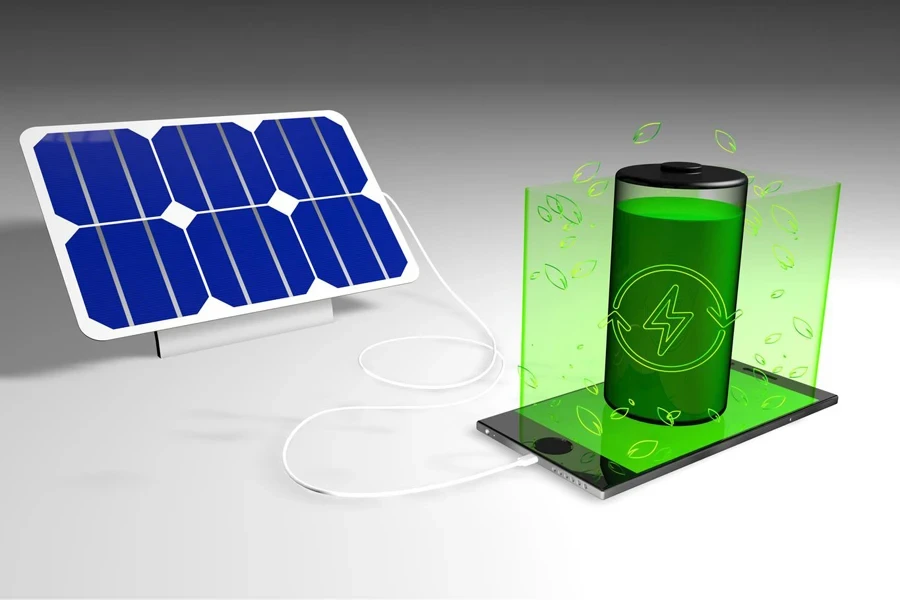
This is typically the foremost criterion that you should evaluate when choosing flexible solar panels. Solar panel power output is measured in terms of the wattage that can be produced. The higher the power output, or the higher the wattage, the more electronic devices can be plugged into the energy source.
For example, with a 100W flexible solar panel, users can typically have power on average-sized boats for 2–3 hours, and with higher-wattage panels (say, 200W or 300W), users will be able to have power on RVs or portable power outdoors on camping trips.
Typically, the higher the power output of a panel, the higher the price you can expect for it.
2. Efficiency
Efficiency is a crucial factor to consider when it comes to renewable energy solutions. In this context, it refers to the amount of sunlight that the solar panel is able to absorb and then convert into usable electricity. In other words, the rate at which daylight is absorbed and converted by the flexible solar panels.
The basic standard in terms of efficiency is around 15%, and panels with 23–25% efficiency are considered high quality. So, for instance, a flexible solar panel that has a 20% efficiency rating is able to convert 20% of the total light that it absorbs into solar power.
As with power output, the higher the efficiency of the panel, the higher the price you will likely pay.
3. Durability
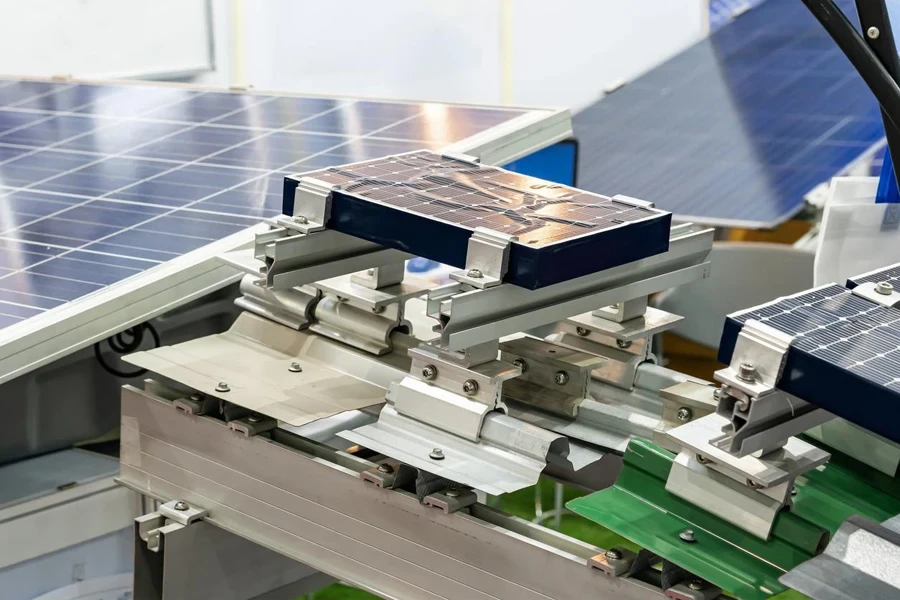
Solar installations are intended to last for a number of years, and in the case of building-integrated PV solar solutions, this could go up to decades. This is why another key consideration buyers should keep in mind is the durability of the solar panels being purchased.
The quality of the materials used in the solar panels will determine their lifespan. As a general rule, panels made of plastic will likely degrade faster than panels made from materials such as glass and aluminum. For instance, while a solar panel with thin solar cells that are mounted on plastic will be less durable, one with cells mounted on a metallic surface could have a longer lifespan.
That said, there are scenarios where plastic is capable of offering greater durability, such as wet environments where plastic is actually able to protect against rusting and corrosion. If plastic is being chosen due to site conditions, then flexible solar panels made of ethylene tetrafluoroethylene (ETFE) will offer more longevity compared to cheaper varieties made of polyethylene terephthalate (PET).
4. Bending angle
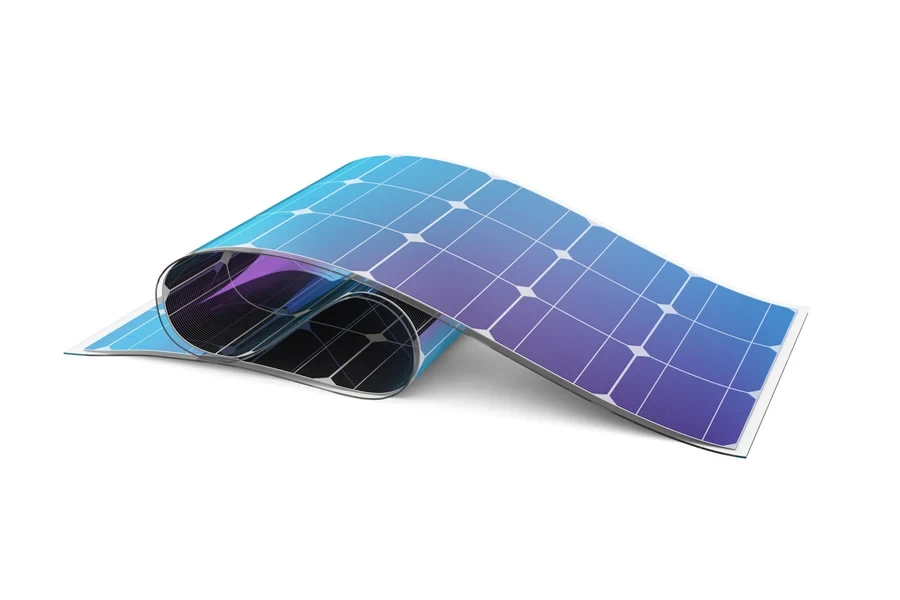
As mentioned before, a key feature of flexible solar panels is their bendability, which offers versatility in installation as they can be fitted to curved surfaces. The bending angle is the angle at which the panel can bend or flex without breaking.
A bending angle of 30 degrees is considered an acceptable one for most crystalline panels. There are also some extra-flexible solar panels that are capable of bending up to a 248-degree angle. So, depending on your consumers’ application needs, there are a range of options available to suit various application conditions.
5. Ease of installation
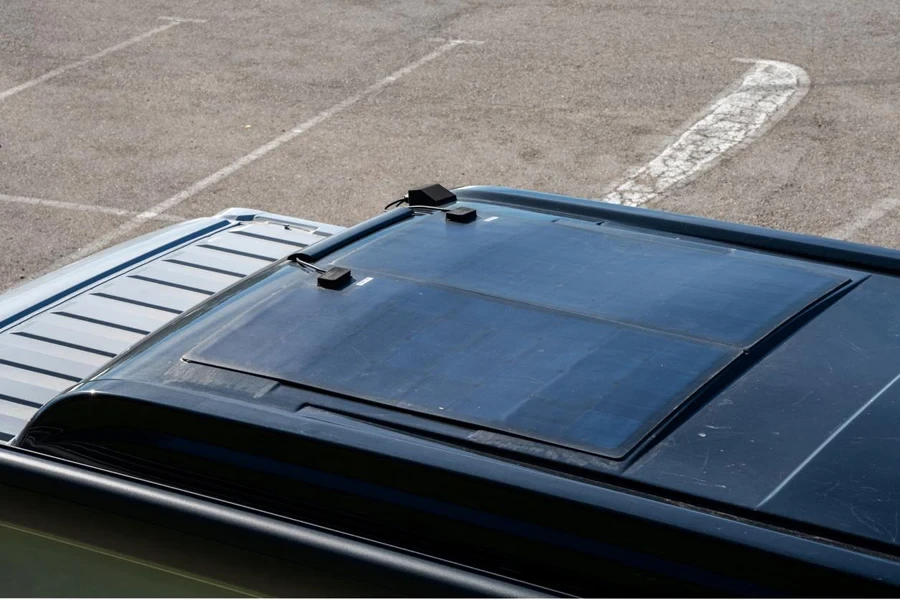
On the whole, flexible solar panels are easier to install compared to conventional solar panels, making it possible for users to conduct DIY installations. In some cases, it is as simple as them sticking the panels on their RVs using Velcro or adhesive. So you should seek out options that come with the relevant materials to facilitate installation.
That said, it is still important to source from suppliers who offer user manuals that have installation guides to aid users through the installation process. Beyond that, you should also ensure that the user guides come in the languages used by your target customers.
6. Size and weight

While most flexible solar panels are built to be portable, there is some variance in the sizes and weights available for different models. Size and weight are not just aesthetic preferences; they determine the level of portability that certain flexible solar panel installations can have.
With this in mind, you should then consider your target consumer and their needs. If you’re targeting consumers who will use flexible solar panels for RVs, then solar panels weighing four to eight pounds will be fine. However, if your core consumers are people who will use the panels for outdoor activities that require a lot of movement and carrying, such as hiking, then lighter, more portable variants will be more acceptable.
7. Warranties
Last but certainly not least, another key factor to consider when shopping for flexible solar panels are the warranties that the suppliers offer on their products. Warranties can come in the form of product and material warranties or performance warranties.
As you would want to ensure that investments in solar energy have longevity, it would be important to seek out suppliers who offer strong warranties on their products, as these serve to guarantee the quality of the panels and keep maintenance costs down over time. Warranty offers that are between two and five years are a good place to start.
Update your solar panel inventory

With the increased adoption of renewable energy sources, more and more consumers are going to be seeking out clean energy solutions that complement their lifestyles. Flexible solar panels are perfect examples of consumer-focused solutions, as they offer users the flexibility to have their energy source work around their lifestyles rather than the other way around.
As you update your solar panel inventory to include flexible solar panels, consider the power output, efficiency, durability, functionality, ease of installation, and warranties of the different options available. To find an extensive pool of suppliers and a wide product range to choose from, visit Chovm.com and explore the flexible solar panels available.
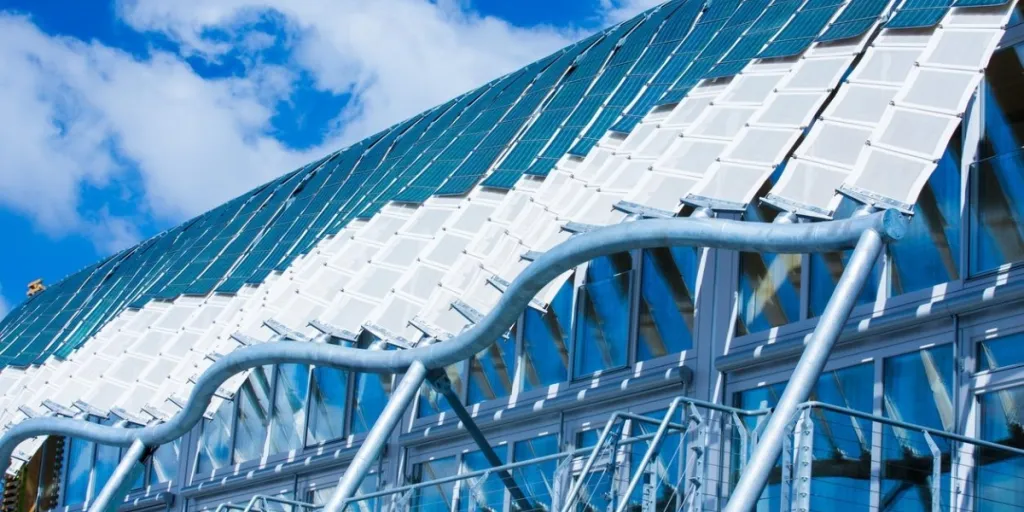
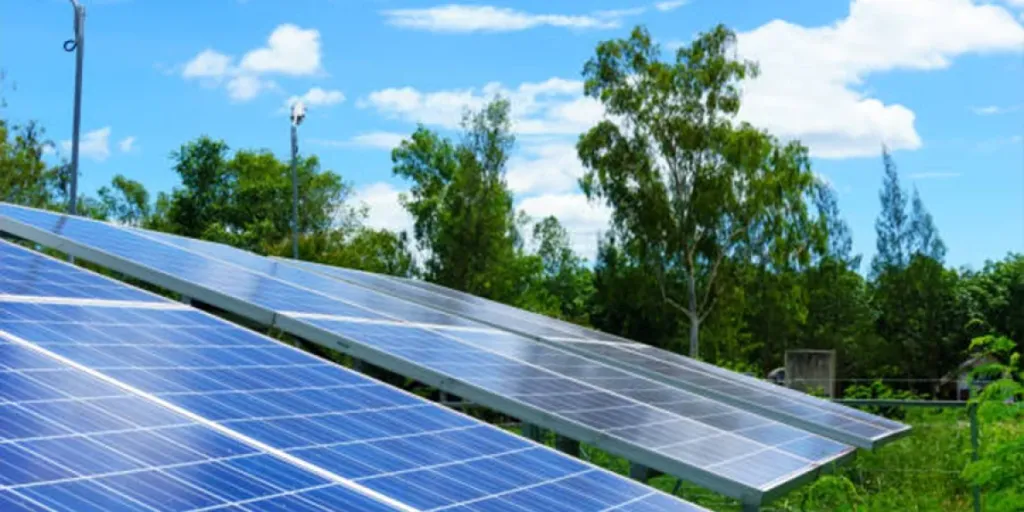
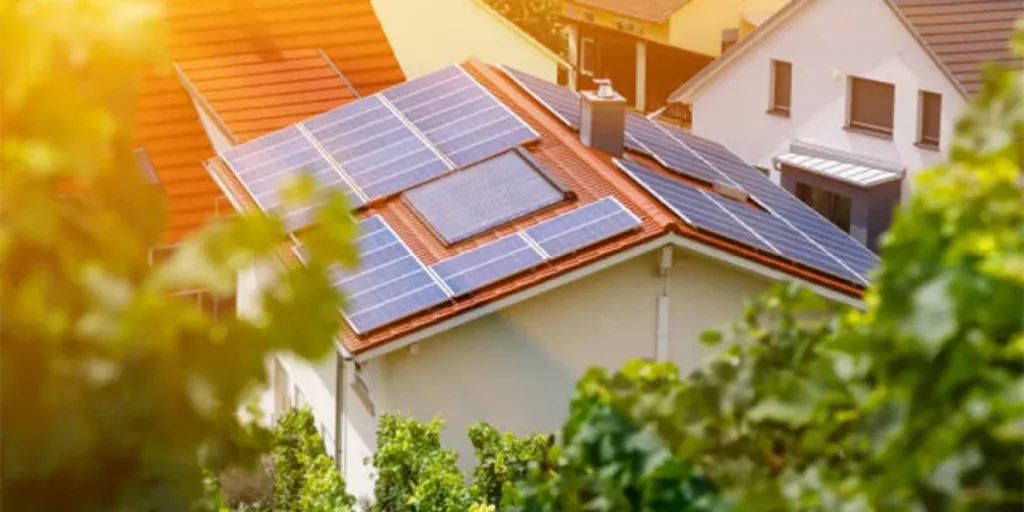


 বাংলা
বাংলা Nederlands
Nederlands English
English Français
Français Deutsch
Deutsch हिन्दी
हिन्दी Bahasa Indonesia
Bahasa Indonesia Italiano
Italiano 日本語
日本語 한국어
한국어 Bahasa Melayu
Bahasa Melayu മലയാളം
മലയാളം پښتو
پښتو فارسی
فارسی Polski
Polski Português
Português Русский
Русский Español
Español Kiswahili
Kiswahili ไทย
ไทย Türkçe
Türkçe اردو
اردو Tiếng Việt
Tiếng Việt isiXhosa
isiXhosa Zulu
Zulu